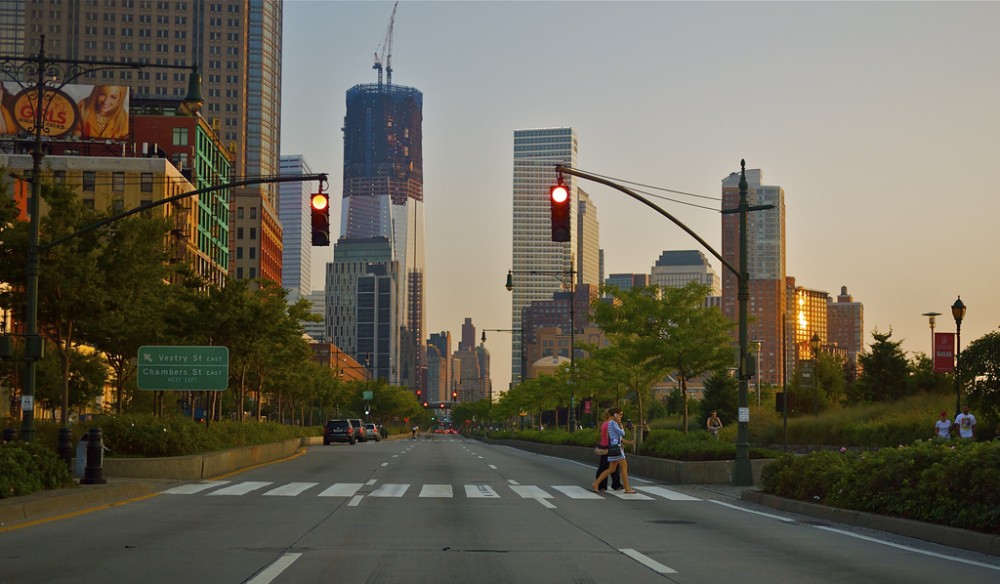There are many limited access highways across the country that cut of the water fronts in cities. Most of these highways were built along waterfronts because it was cheaper. There were not as many building to demolish or overpasses to create. The thought process of highway planners during the United States highway boom was to build the most cost-efficient highway. As a result, society is now paying for its devastating impacts.
When you lose a waterfront, you lose vitality. People are less inclined to go to these areas if access to it is difficult. When you have a highway that separates the land from the water, it makes it more difficult for people get to it. And when you don’t have an influx of people in areas, the area decays and becomes run down. This is what happened to many cities across the nation.
There are solutions to such problems that some cities have done to beautify and encourage people to go to waterfronts that have previously been cut off by highways. Some cities have buried the highway completely granting full access to the water. Others, have removed the highway and created grand boulevards lined with trees and shrubs with many stop lights for pedestrians to walk over. And there are cities that have reinvigorated areas by taking in to account the landscape the highway goes through and building many bridges across.
The most expensive solution is burying the highway and the cheapest is to create a boulevard. Cities should think about how to revitalize these areas that are cut off by enacting these solutions. New York City did it on its west side and will benefit many generations in the future. Look at my blog post about the West Side Highway. It goes into a little more detail.
